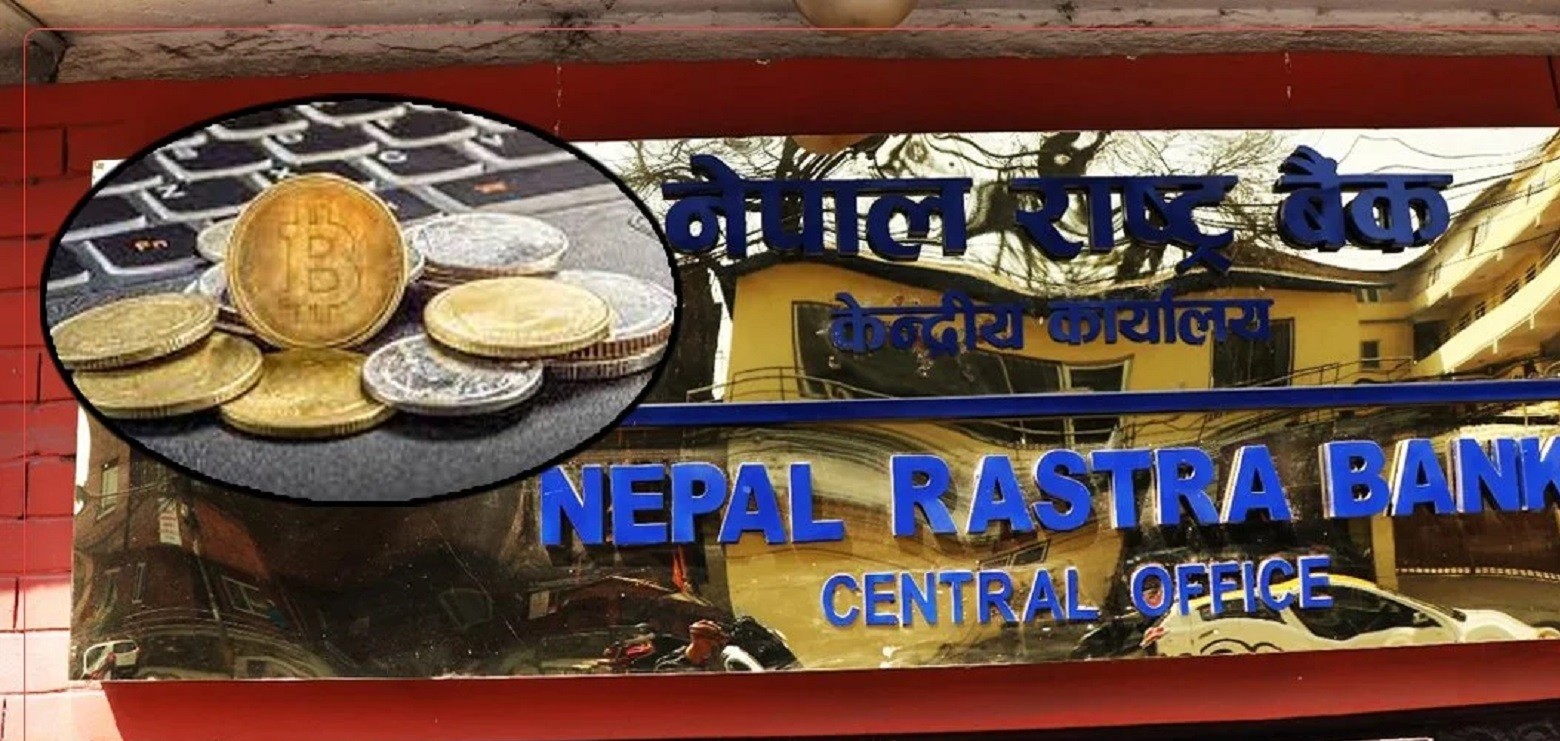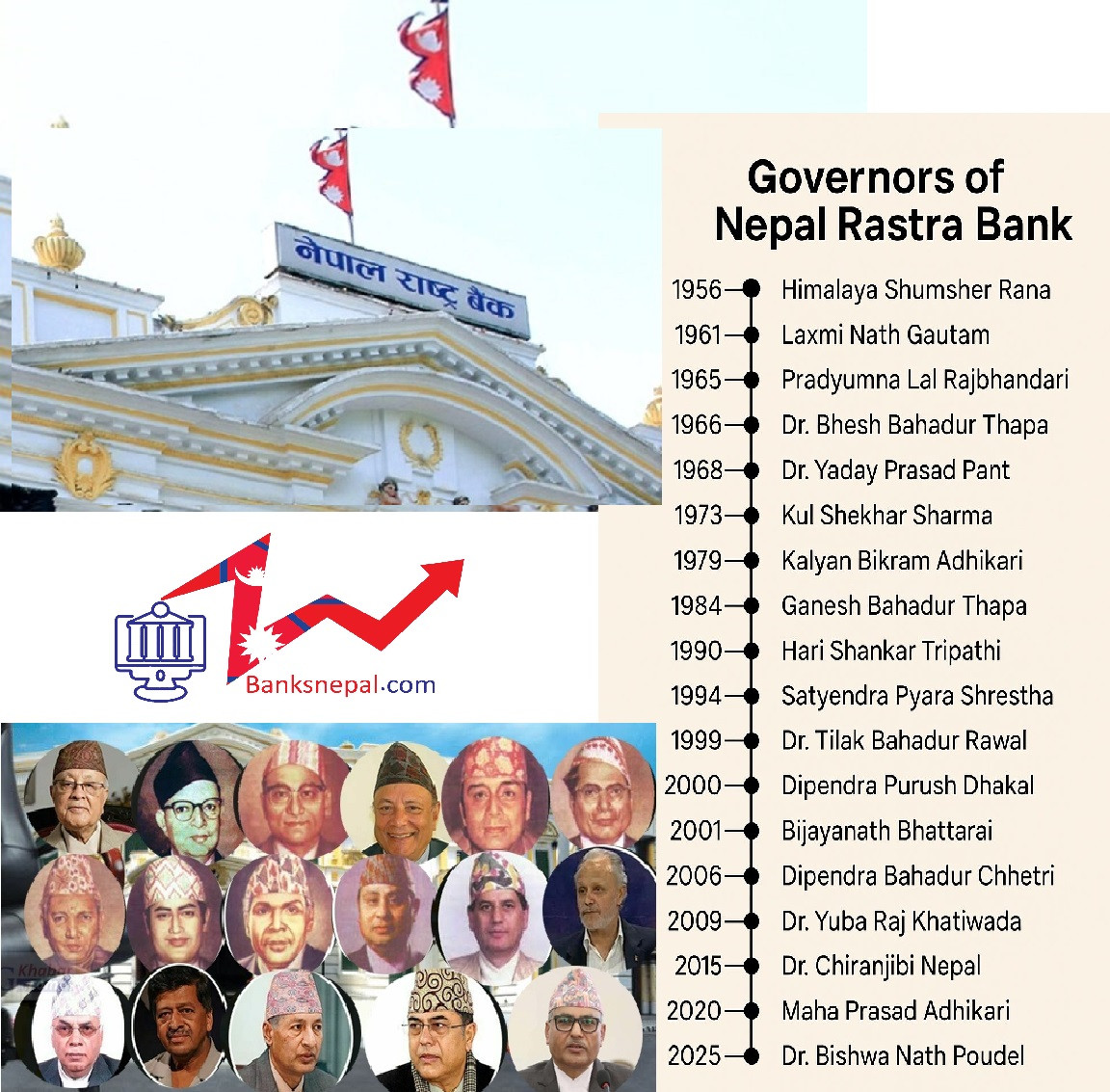Banks no longer invest blindly to Liquidity maintain in Banking sector of Nepal : CEO Sunil KC
Dec Thu 2022 11:08:02

Kathmandu. Since the last 8/10 months, there is a trade deficit due to the increase in imports. As there was no significant increase in remittances, it was in a state of deficit. Liquidity in the banking system is related to research. As such losses increase, liquidity from the system also decreases.
For the past four/five months, the government and the National Bank have imposed strict restrictions on the import of some goods by imposing a 100 percent margin and banning the import of some goods. It seems that the import was controlled in the first quarter of the current financial year. In the first quarter of the last financial year, the import reached 1 trillion 85 billion rupees and in the same period of the current year, it reached 1 trillion 35 billion rupees. Along with that, exports have also decreased.
Now there is some improvement. After 14 months, research has come to savings. Remittances also increased by seven percent in dollars. Even though there has been a decline in the monthly incoming remittances, there has been an improvement for some time. The number of people going for foreign employment from here is also increasing. However, it remains to be seen whether the demand for workers will change with the end of the World Cup in Qatar. On the whole, it seems that we have reached a state of improvement from a difficult situation, although the situation is not completely comfortable yet, even now, restrictions on the import of some goods are still in place. There is a possibility that the import will increase with the opening of the import of those goods.
Now the ratio of import and export is different. Even now, while one rupee is being exported, it seems that more than nine rupees are being imported. This ratio is still high. The election has just ended, if we can manage imports, the lack of liquidity in the banking system will improve.
In these three months of the current year, the banks have invested very little. Although the monetary policy has set a target of 126 percent credit expansion, it seems that it will be difficult to meet. If this happens, there will be some effect on the growth of the economy as a whole. In the meantime, if we look at the positive side, we have reached a situation where the country's foreign exchange reserves have been able to cover the import of goods and services for more than 8 months from 6 months. This seems to increase the confidence of everyone from businessmen to do new work in the future.
Currently, the National Bank has increased the policy interest rate to reduce consumption, and the interest rate of both banks' deposits and loans has increased. The National Bank's plan to bring about a reduction in imports by reducing consumption has almost succeeded. Although some seasonal effects are yet to be seen, Rashtra Bank has been successful to a large extent. Even if imports are opened, there is no way that the demand will increase as before. Because, due to the increased interest rate, it does not seem that the demand will increase to increase the consumption. In spite of this, if the goods that are now coming through the informal route are coming again through the formal route, the import will increase and the pressure on the foreign exchange reserves may remain. Although we are not in a position to do anything immediately in terms of exports, if we can increase the flow of remittances, the situation will become easier. Currently, the number of tourists has started to increase, but if this is improved, the current pressure will be reduced.
Certainly, as the situation improves, the credit investment of banks may increase again. According to the target taken by the National Bank, more investment should also be made to expand the credit. Banks do not invest blindly as before. Bankers have also realized that investment should be increased in productive, real sectors. However, when the liquidity is very easy, then the interest rate will decrease and the consumption will also start to increase. It again invests the loan in that direction. Therefore, if someone says that the relationship of liquidity is completely ignored and remains in the current situation, it is not correct.
We are relying on income from tourism, remittances, government spending for resources. But now we have to start bringing in capital from outside. Currently, the external debt of the country is only 20/22 percent compared to the gross domestic product (GDP). Relying only on our own country's resources will lead to delays. We belong to a country that brings less foreign investment. Even now, there is a lack of resources in the hydropower sector. In India and Bangladesh, the necessary infrastructure for the sale of electricity is also being built. Many countries in the world are also investing in renewable energy, so capital should be brought in through loans or investments, share investments, etc. in this area.
Currently, there is a 'discourse' going on all over the world that we should go for sustainable growth. Banks also go to their specialized areas, along with that, stakeholders should also create an environment for sustainable growth. Our basic objective in the banking sector is to invest while saving the deposits of the depositors. Even if the bad loans of the banks have increased, they are still in a position to manage them. Capital adequacy ratio is good. This sector with a primary capital of more than 5 billion has the ability to face such challenges.
While talking about sustainable growth, there is an increase in the demand for loans in the hydropower sector in Nepal. Due to the energy crisis seen around the world after the war, Ukraine and Russia are moving forward with the idea that they should increase investment in renewable energy and the environment. Awareness has increased. We are also a sensitive area based on environmental risks. There is a situation where we are responsible for the results of other causes rather than our own. With that kind of awareness, there is a possibility that the investment in this sector will increase and it will also get a market. This war has shown that the countries themselves should go towards self-reliance.
Now the banking sector is also expanding. Compared with India, Bangladesh, etc., the population of Nepal until one year ago. Based on the size of the country's economy, the banking sector here seemed a bit crowded. Now, the way Rashtra Bank has advanced the 'merger' policy and the way merger agreements are being made between the banks, it is going towards consolidation. The banking sector of Nepal is comparatively a sector that has come much later than other sectors. It has been less than 40 years since private sector banks started in Nepal. Most of the banks have reached an average of 20-22 years now. It is good that banks are becoming stronger even in this short period. It will also help in the development of banking culture. As the number is low, it will also help the National Bank in regulation and supervision. Banks were also more centralized than needed. It has also increased the cost. As the banks are becoming comparatively stronger in this way, they are reaching the point where they can raise the necessary investment for large infrastructures even within Nepal.
- (From SEJON Souvenir 2079)







